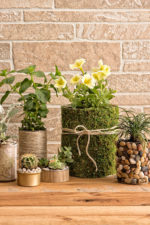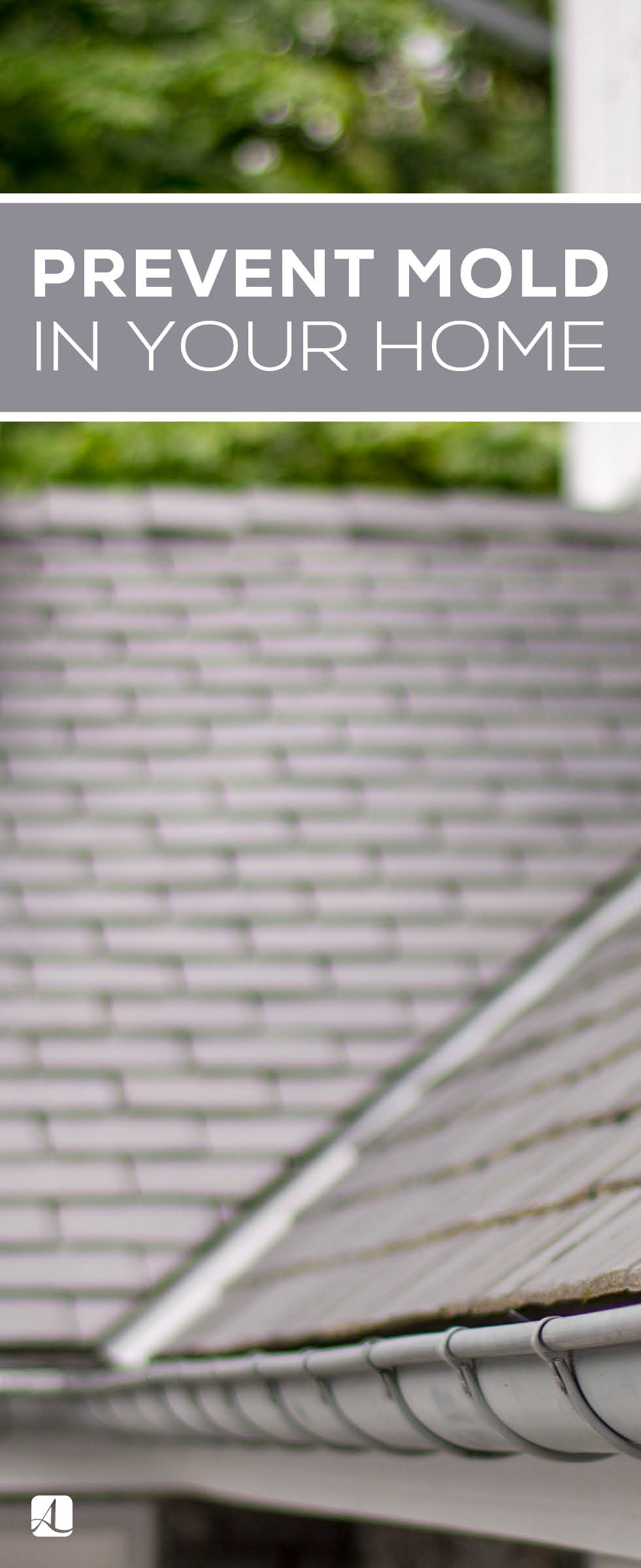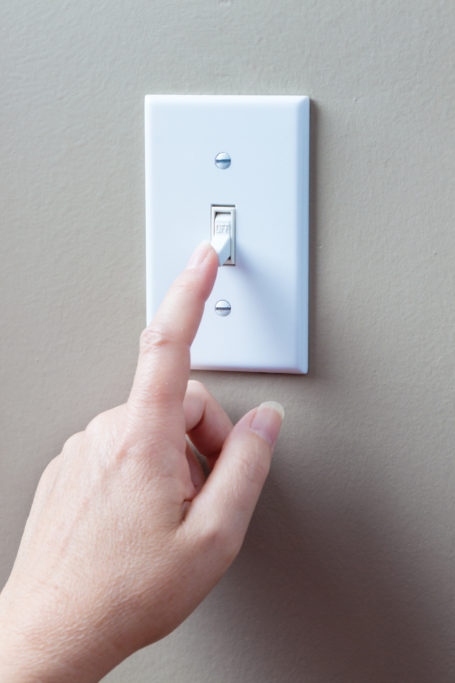How to Prevent Mold in Your Home
It’s hard enough trying to stay cool during the humid summer months without having to worry about mold in your home. With the added moisture in the air, our homes are more susceptible to mold growth. Luckily, we can prevent mold in the home before it even becomes a problem.
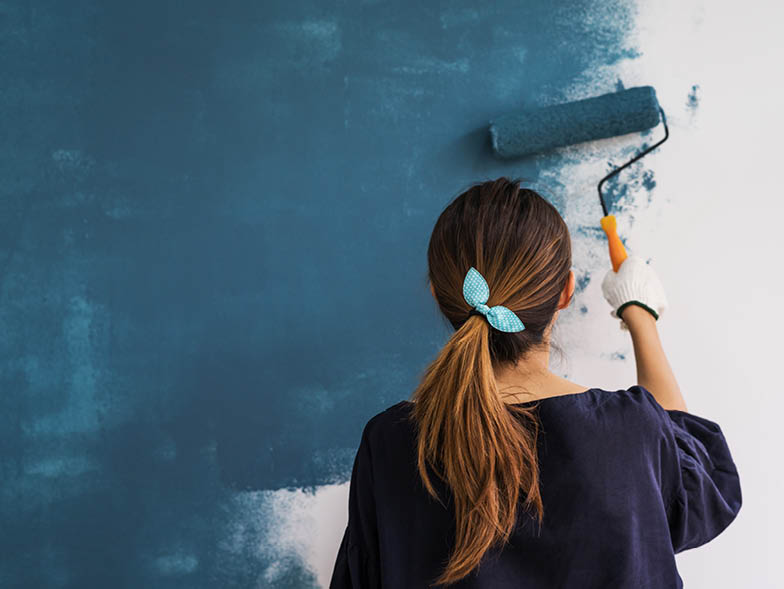
If you’re looking for big-picture actions you can take to prevent mold growth long-term:
Use mold-resistant products when setting up your home
If you’re in the process of building, renovating, or moving into your home, take advantage of this time to install mold-resistant products if you live in a particularly humid climate. Opt for plastic, metal, and glass items and surfaces rather than wood, which is susceptible to mold. You should also invest in moisture-resistant drywall, which has a core covered in fiberglass rather than paper to repel water. If you want to go the extra mile, you can even paint your home with paint that contains mildewcide to prevent mold growth.
Make sure water flows away from the home
This might be a more complex issue to tackle, but the ground area around your home should slope away from its foundation. If the ground tilts toward your house, water could flood into your basement. If you’re building a home, consider this issue before construction begins.
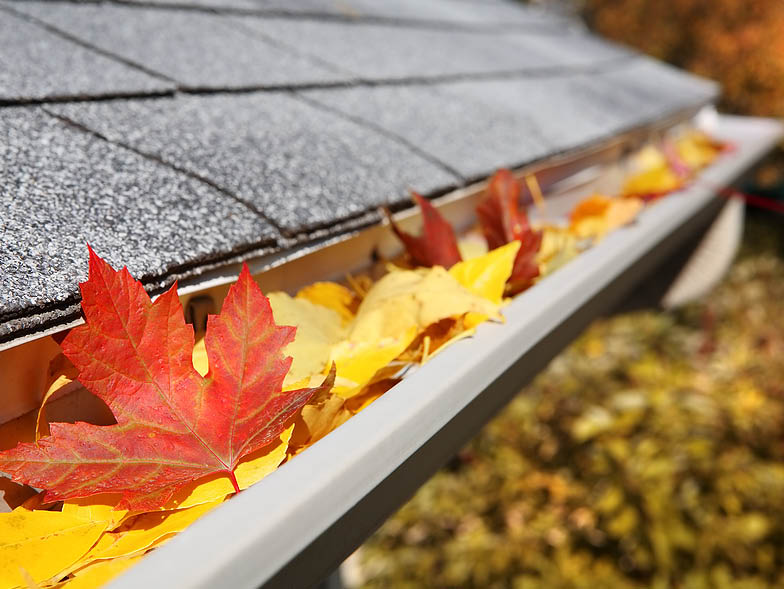
When you’re already settled in your home and looking for day-to-day maintenance to prevent mold:
Keep the roof gutters clean
If you have a leaky roof, mold could start growing in your home. Make sure that you hire someone to clean out and inspect your gutters periodically. They should be replaced from time to time, as per a professional’s recommendations, to prevent mold growth. Check to see if there are stains on your gutters after a rainy day because this indicates leakage.

Ventilate
Make sure you continuously ventilate your home. Turn on your air conditioner and use a dehumidifier during humid weather. You should also make sure that these objects are not creating humidity in your home, making sure to check and clean them as directed by the manufacturer. For improved ventilation, you can also open a window when you’re cooking or showering and run exhaust fans whenever you’re using a lot of water.
Keep condensation in check
Check the areas of your home that could produce a large amount of condensation, like windows, metal pipes, and concrete walls. If your home doesn’t have proper insulation installed, now is the time to insulate your home, specifically the areas susceptible to condensation.

Dry all spills
If you spill water on the carpet or rain leaks into your basement, make sure to immediately take care of the problem. Dry up the floor and replace carpets, bedding, or furniture, if necessary. You should also avoid leaving wet clothes in the washing machine, opting to hang them outside to dry. Mold thrives in warm, dark areas like the inside of the washing machine.
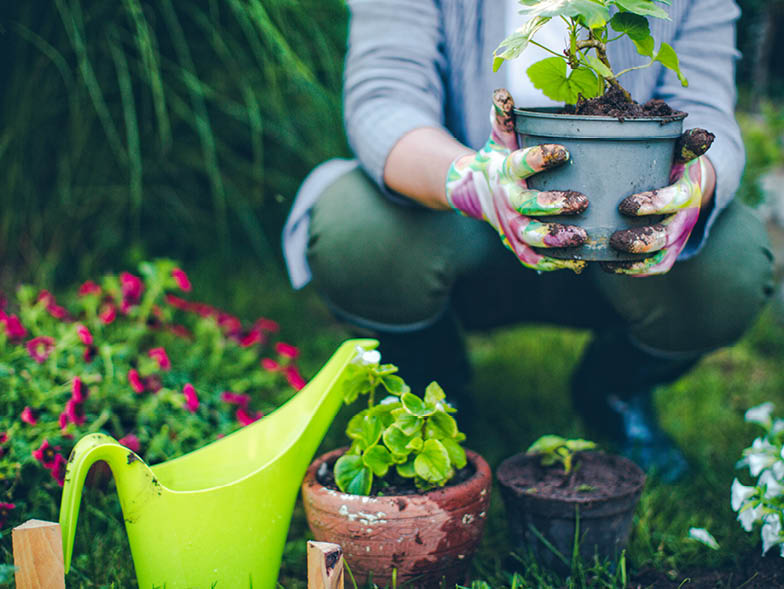
Protect your plants
If you keep plants in your home, make sure you’re protecting them against mold growth. Mold often grows in your plants’ soil, and you can add Taheebo tea to the water you use on your house plants. The oil in the tree that makes Taheebo tea prevents mold growth, and you can find it in a natural food store.
Measure humidity
Go out to the hardware store and buy a moisture meter. You can use this to measure the indoor humidity in your home. Levels should stay between 30 and 60 percent. If you don’t want to purchase a tool to help you measure humidity, keep your eyes open for signs of high humidity. If you notice a lot of condensation on windows, pipes, and walls, make sure to dry these areas right away and try to find out where the moisture is coming from so that you can take care of it. Pay special attention to the exterior of your home after there’s been a storm or multiple rainy days.
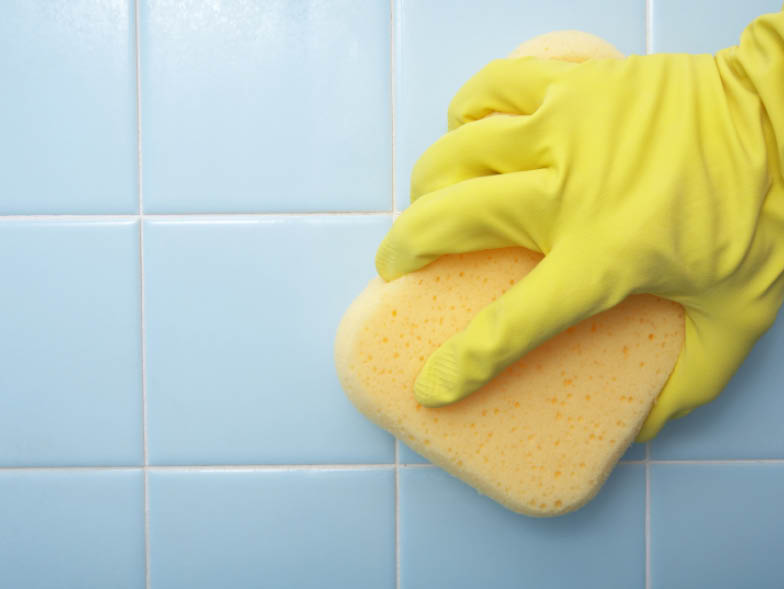
Clean often
Make sure to clean your home at regular intervals to keep mold from growing on household surfaces. You should make sure to frequently wash and disinfect plastic, metal, glass, stone, tile, and all other hard surfaces in your home. Dry these surfaces right after cleaning them. Also, dust and vacuum often to keep dust and dirt from building up on your furniture, carpets, and curtains, as household mold often grows on dust.
Take these steps to ensure that your home is protected from mold growth during the humid months of the year.






